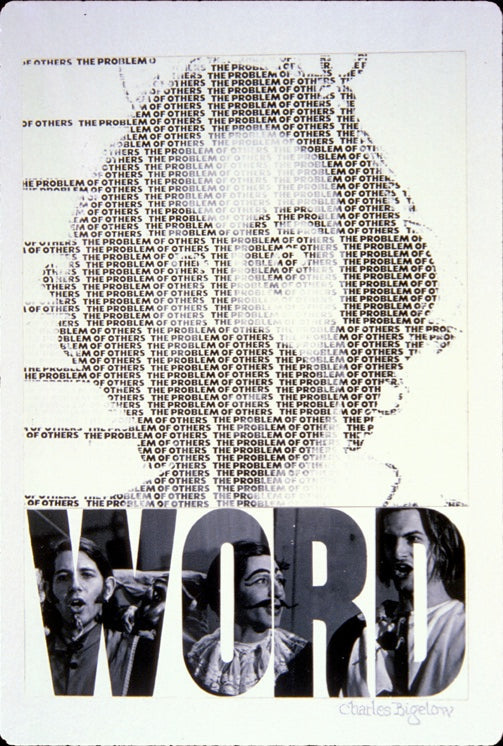Bigelow & Holmes Blog
Calligraphy by Kris Holmes
Remembering Jack Stauffacher
TYPOGRAPHIC WORKSHOP 17 I learned typography from Jack Stauffacher in the fall of 1967. He taught at the San Francisco Art Institute in Typographic Workshop 17, a basement room off one of the corridors in the old concrete buildings that ramble down the slope of Chestnut Street on Russian Hill. Although I’ve been a working typographer and a teacher of typography for five decades, Jack’s was the only course in typography I ever took. When I think back to my first typographic autumn studying “the black art” with Jack, I wonder how he managed to teach in such a short...
Designing a New Greek Type
From Fine Print Click thumbnail for full size image.
Original Drawing of Lucida Calligraphy
History of the Alphabet
This illustration was done for an article in Scientific American by Charles Bigelow and Donald Day. August 1983.

